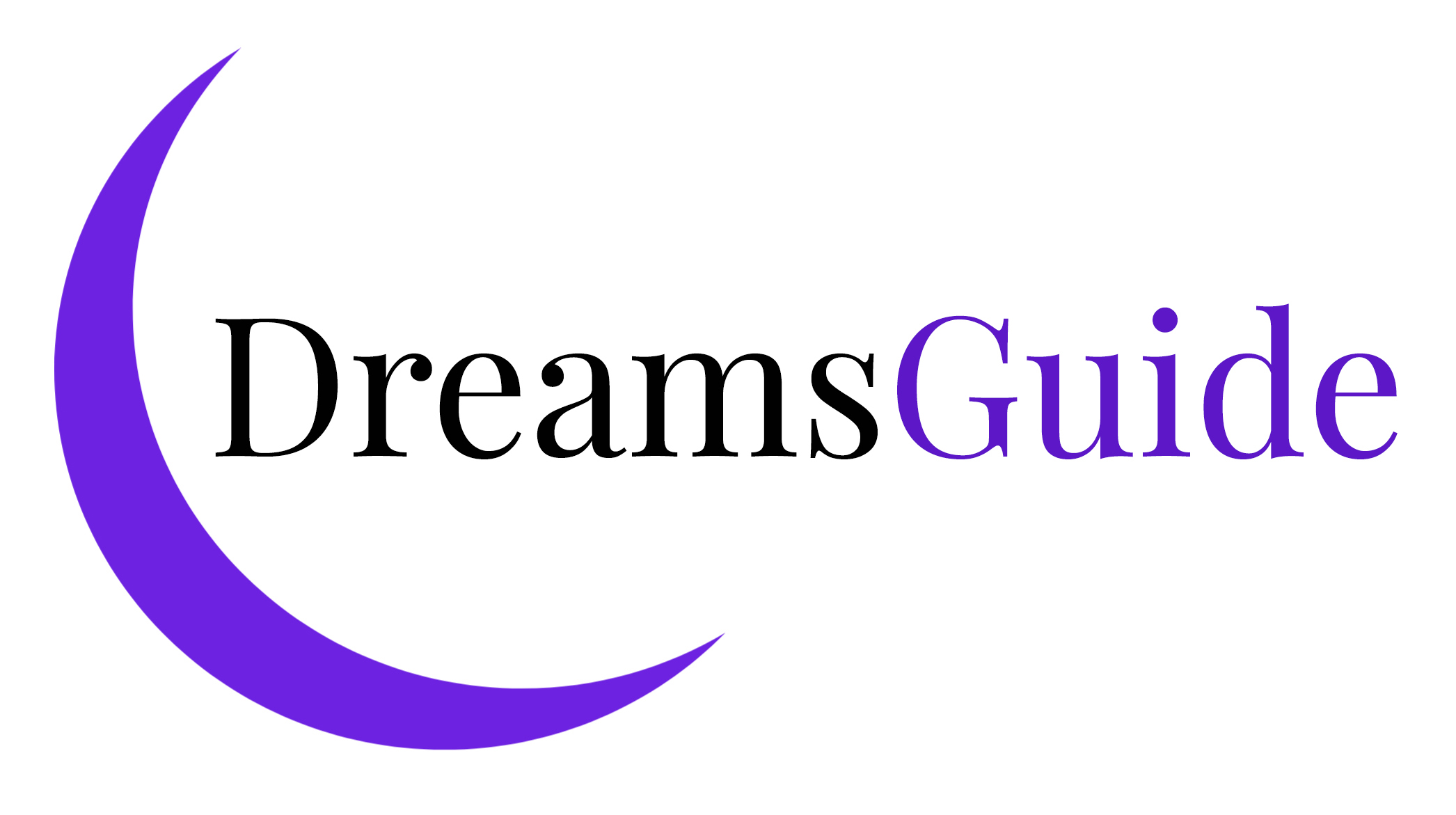If you’ve found yourself wondering what the difference is between lucid dreaming and astral projection or astral travel, you’re in the right place!
Let’s break down these two practices of consciousness awareness and discuss the similarities and differences.
What is astral projection?
Astral projection, also known as astral travel, is a term used to describe a phenomenon in which the consciousness or mind or soul leaves the physical body and travels in a separate astral body or energy form. It is often associated with spiritual and esoteric traditions, such as shamanism, yoga, and theosophy.

During an astral projection experience, the individual may feel a sensation of floating or separating from their physical body, and may perceive themselves as traveling in a different dimension or plane of existence.
The experience can be vivid and lifelike, with the individual feeling as though they are really there in the astral plane. They are full aware of their mind while their body typically appears to be asleep.
Astral travelers sometimes relate accounts of having seen things happening in far away places, such as across the country or across the world from the location of their physical body.
Astral projection vs. out-of-body experiences
Astral projection is often described as a form of out-of-body experience (OBE), but the two terms are not always interchangeable.
While OBEs can involve a sense of leaving the physical body, they do not necessarily involve the same sense of traveling to a separate astral plane or dimension as in astral projection.

Astral projection is a controversial and debated phenomenon, with some claiming that it’s a real and valid spiritual practice, while skeptics argue that it is a subjective experience with no verifiable evidence.
Either way, it’s a very interesting topic for those interested in exploring their conscious and subconscious minds!
What is the difference between lucid dreaming and astral projection?
Lucid dreaming and astral projection are both altered states of consciousness, but they involve different experiences and have different interpretations.
Lucid dreaming is the experience of becoming aware that you are dreaming while you are still in a dream. In a lucid dream, you have a sense of control over your dream environment and can actively participate in the dream, changing the plot or manipulating the dream imagery. You remain asleep and yet also aware that you are in a dream state.
Learn all about dreams in my What Are Dreams and Why Do We Dream?

Astral projection, on the other hand, is an experience of the consciousness leaving the physical body and traveling in a non-physical realm.
It’s believed to involve the actual separation of the consciousness from the physical body. During an astral projection experience, the individual is experiencing a non-physical dimension and can sometimes interact with other entities or explore completely different cosmic realms.
While lucid dreaming and astral projection both involve altered states of consciousness, the key difference is that lucid dreaming occurs entirely within the dream state, while astral projection involves the consciousness leaving the physical body entirely.
It’s worth noting that the scientific community doesn’t currently recognize astral projection as a real phenomenon. Lucid dreaming, on the other hand, has been extensively studied and documented.
So how does astral projection work?
Astral travel has been studied and practiced for centuries by different spiritual and esoteric traditions. So naturally, that makes me think that there must be something to it. While it’s not something I have personal experience with, here are some of the top tips I’ve collected from around the internet on how to learn astral travel:
Develop a regular meditation practice
Astral travel requires deep relaxation, focus, and concentration. Practicing meditation can help you develop these skills and increase your awareness of your inner self and the world beyond the physical realm. Find all my best meditation tips below.
Create a sacred space
Create a peaceful, quiet space where you can meditate and practice astral travel without any distractions. This can be a specific room or a designated area in your home where you can feel relaxed and safe.

Practice visualization
Visualization can be an effective tool for astral travel. Imagine yourself leaving your physical body and floating out of the room or flying to a different location. This can help you develop your visualization skills and create a stronger connection with your inner self.
Practice lucid dreaming
Lucid dreaming can help you become more aware of the dream state and develop the ability to control your dreams. This can be a stepping stone to astral travel, as it involves a similar type of conscious exploration of the inner self and the non-physical realm.
Seek guidance
If you are interested in learning astral travel, seek guidance from experienced practitioners or teachers who can provide you with tips, techniques, and support as you explore this practice.
There are many books, websites, and online forums dedicated to astral travel, where you can find information and connect with others who share your interest. See my full list of resources below!
Remember that astral travel is a practice that requires patience, dedication, and respect for your own limits and boundaries. It is important to approach this practice with a sense of curiosity and openness.
How to get better at meditating
Meditation is a practice that takes time and patience to develop, but there are several tips and techniques you can use to improve your meditation skills. Here are some suggestions:
Set a regular schedule
Establish a regular time and place for your meditation practice, whether it is once or twice a day, and stick to it as much as possible. This will help you establish a routine and make meditation a habit.
Create a peaceful environment:
Choose a quiet, comfortable space for your meditation practice, free from distractions and interruptions. You can use candles, incense, or calming music to help create a peaceful ambiance.

Start with short sessions
If you are new to meditation, start with shorter sessions of 5-10 minutes and gradually increase the length of your sessions as you become more comfortable with the practice.
Focus on your breath
One of the most basic and effective meditation techniques is to focus on your breath. Breathe deeply and slowly, and focus your attention on the sensation of your breath moving in and out of your body.
Practice mindfulness
Mindfulness is the practice of being present in the moment and fully engaged with your experience. Focus your attention on the present moment and observe your thoughts and feelings without judgment.
Use guided meditations
Guided meditations can be helpful for beginners, as they provide a structure and guidance for the meditation practice. You can find many guided meditations online or through meditation apps.
Be patient and persistent
Meditation is a practice that requires patience, persistence, and consistency. Don’t worry if your mind wanders or if you have difficulty focusing at first. Keep practicing and you will gradually develop your meditation skills over time.
Remember that meditation is a personal practice, and there is no one “right” way to do it. Experiment with different techniques and approaches, and find what works best for you.
With regular practice and patience, you can develop greater focus and self-awareness, which can assist in your astral projection efforts.

Famous astral travelers
There have been many individuals throughout history who have reported experiencing astral projection or out-of-body experiences – including some very well known scientists!
Here are some famous individuals who have reported experiencing astral projection or out-of-body experiences:
Albert Einstein
The famous physicist reported having out-of-body experiences as a child and described feeling a sense of detachment from his physical body.
Edgar Cayce
The American psychic and healer is said to have frequently experienced astral projection and out-of-body experiences, which he used to access information and insights about his clients’ health and well-being.
Robert Monroe
The founder of the Monroe Institute, which specializes in the study of consciousness, had numerous experiences with astral projection and wrote extensively about his experiences.
Carlos Castaneda
The author and anthropologist wrote about his experiences with astral projection and shamanic journeying in his books, including “The Art of Dreaming.”
Nikola Tesla
The famous inventor and electrical engineer is said to have experienced vivid dreams and out-of-body experiences throughout his life.
The best resources on astral projection
Want to learn more? There are many books on astral projection that offer different perspectives, techniques, and insights into this fascinating phenomenon. Here are some of the best books on astral projection:
“Journeys Out of the Body” by Robert Monroe: This classic book, first published in 1971, recounts the author’s personal experiences with astral projection and his attempts to scientifically study this phenomenon. It offers practical advice and techniques for aspiring astral travelers.
“The Astral Projection Guidebook: Mastering the Art of Astral Travel” by Erin Pavlina: This book offers a practical and comprehensive guide to astral projection, with step-by-step instructions, tips, and techniques for beginners and experienced practitioners.
“Adventures Beyond the Body” by William Buhlman: This book offers a detailed exploration of astral projection and out-of-body experiences, with practical advice, personal accounts, and insights into the spiritual and psychological dimensions of this practice.
“Astral Dynamics: The Complete Book of Out-of-Body Experiences” by Robert Bruce: This book offers a comprehensive guide to astral projection and energy work, with detailed instructions, diagrams, and exercises for developing your energy body and achieving astral travel.
“The Projection of the Astral Body” by Sylvan Muldoon and Hereward Carrington: This classic book, first published in 1929, offers a historical perspective on astral projection and out-of-body experiences, as well as practical advice and techniques for achieving this state of consciousness.
